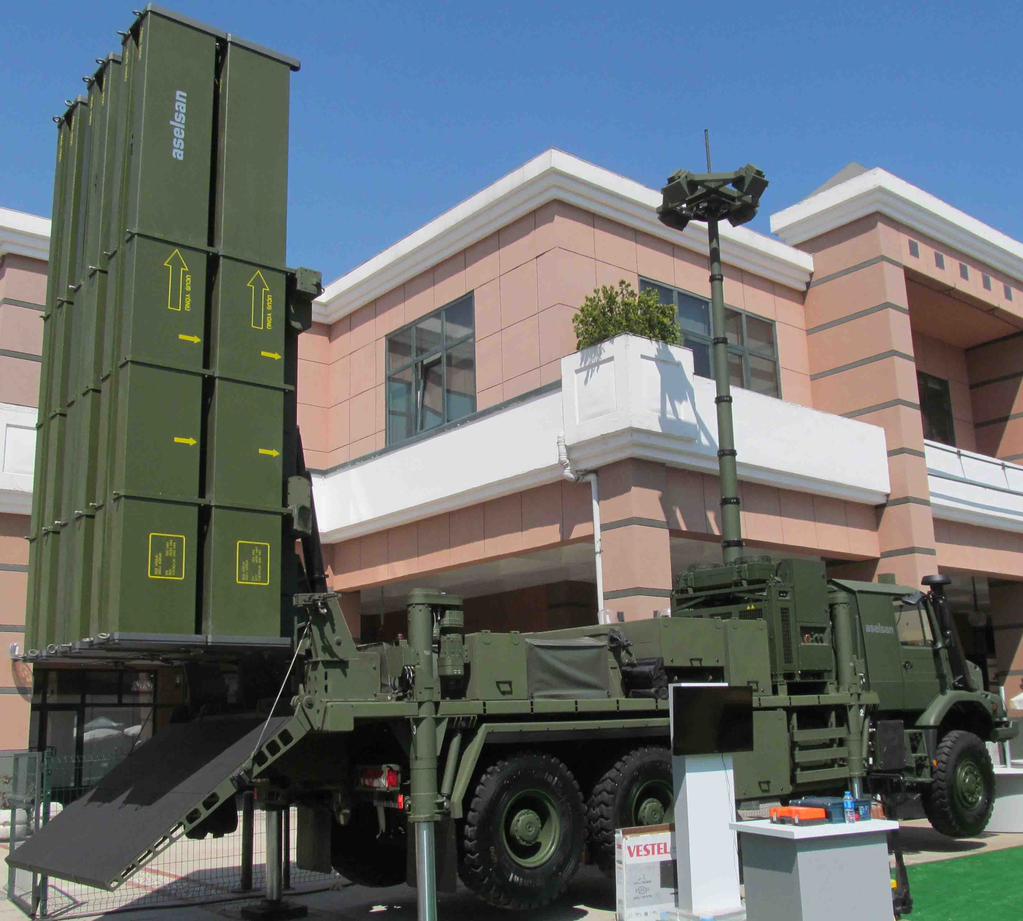FutureMe
FULL MEMBER

- Joined
- Nov 10, 2014
- Messages
- 533
- Reaction score
- 0
- Country
- Location
Roketsan has successfully conducted test firings of HİSAR-A, the National Low Altitude Air Defence Missile, in Aksaray during 19th to 24th of June, 2015. The tests of the Controlled Test Missile-1 (KTF-1) with its own autopilot and the Ballistic Test Missile-2 (BTF-2) with a dual pulse solid propellant rocket motor which itself is a first in Turkey, were realised with the participation of the Turkish Land Forces Command (TLFC), Undersecretariat for Defence Industries (SSM) and Aselsan.

During the tests that have now been completed, the HİSAR-A missiles successfully separated from the launcher with the ignition of the first pulse rocket motor, then igniting the second pulse motor in flight to perform the programmed maneuvers under the control of the on-board autopilot. This is the first ever successful firing of a dual pulse motor missile in Turkey, which has led Roketsan to become a proud member of the limited number of companies with similar technological capabilities in the world. As a result of these firing tests, another milestone has been completed under the development of the first national air defence missile of Turkey.
The HİSAR Projects have been designed to give Turkey a national Air Defence Missile capability towards meeting the Low and Medium Altitude Air Defence requirements of the Turkish Armed Forces and also be able to compete in world markets. The development of the radar, command & control and fire control systems fall under the responsibility of Aselsan, while the design and development of the missile systems are the responsibility of Roketsan, the Missile Center of Excellence of Turkey.
Go tiger!














